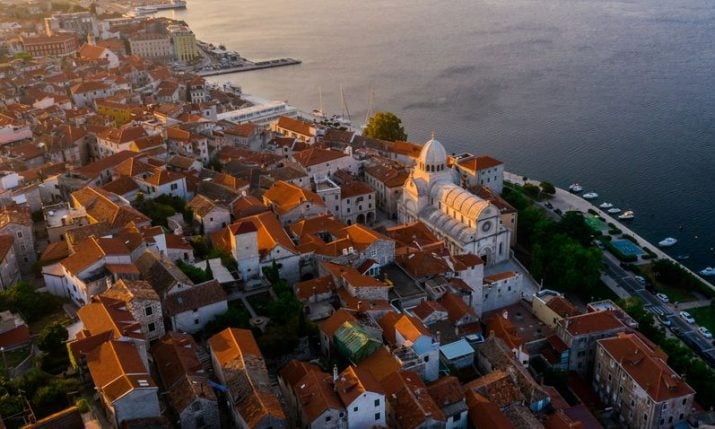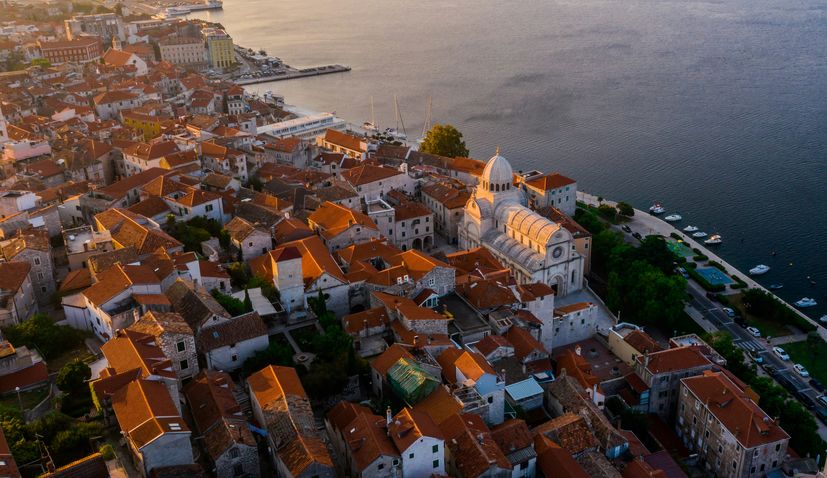
Šibenik
ZAGREB, 23 July 2025 (Hina) – The Croatian real estate market recorded just over 57,000 transactions in the first half of 2025, marking a 15 percent decrease compared to the same period last year, according to the latest analysis by real estate agency Opereta.
The number of flat and apartment sales dropped by the same 15 percent, while house sales fell more sharply, with a 26 percent decline.
Sales of building land were down 17 percent, and transactions involving garages and parking spaces dropped by 12 percent.
The data, based on figures from the Tax Administration, shows a clear cooling in the market, with 10,320 fewer transactions compared to the first half of 2024.
Zagreb Sees Fewer Sales Despite High Demand
Zagreb remains the most active market, with 7,876 transactions recorded.
However, this represents a 20 percent fall year-on-year, equivalent to nearly 2,000 fewer property sales.
Analysts from Opereta attribute this to a lack of available properties, rather than reduced interest.
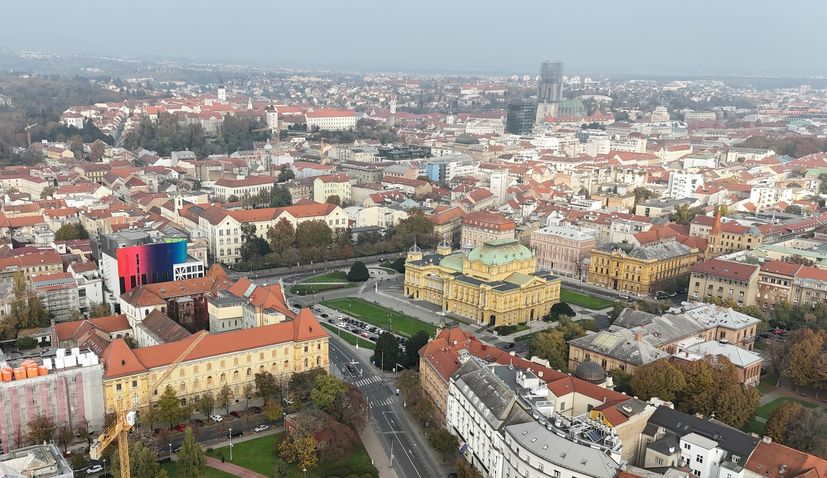
Zagreb
“There are many buyers who are financially ready, including those with approved credit, but they struggle to find suitable properties,” note the report authors Jelena Kravoščanec Todorović and Martina Mataić Škugor.
Regional Trends: Varaždin Rises, Coastal Counties Struggle
While 16 of Croatia’s counties recorded a decline in property transactions—ranging from 3 to 32 percent—five counties experienced growth.
Varaždin County stood out with a 28 percent increase in sales, rising from 2,912 in the first half of 2024 to 3,735 in the same period this year.
The report suggests that buyers are increasingly looking beyond major urban centres for better living conditions and more spacious homes. Varaždin is proving especially attractive due to its strong transport links and status as a university hub.
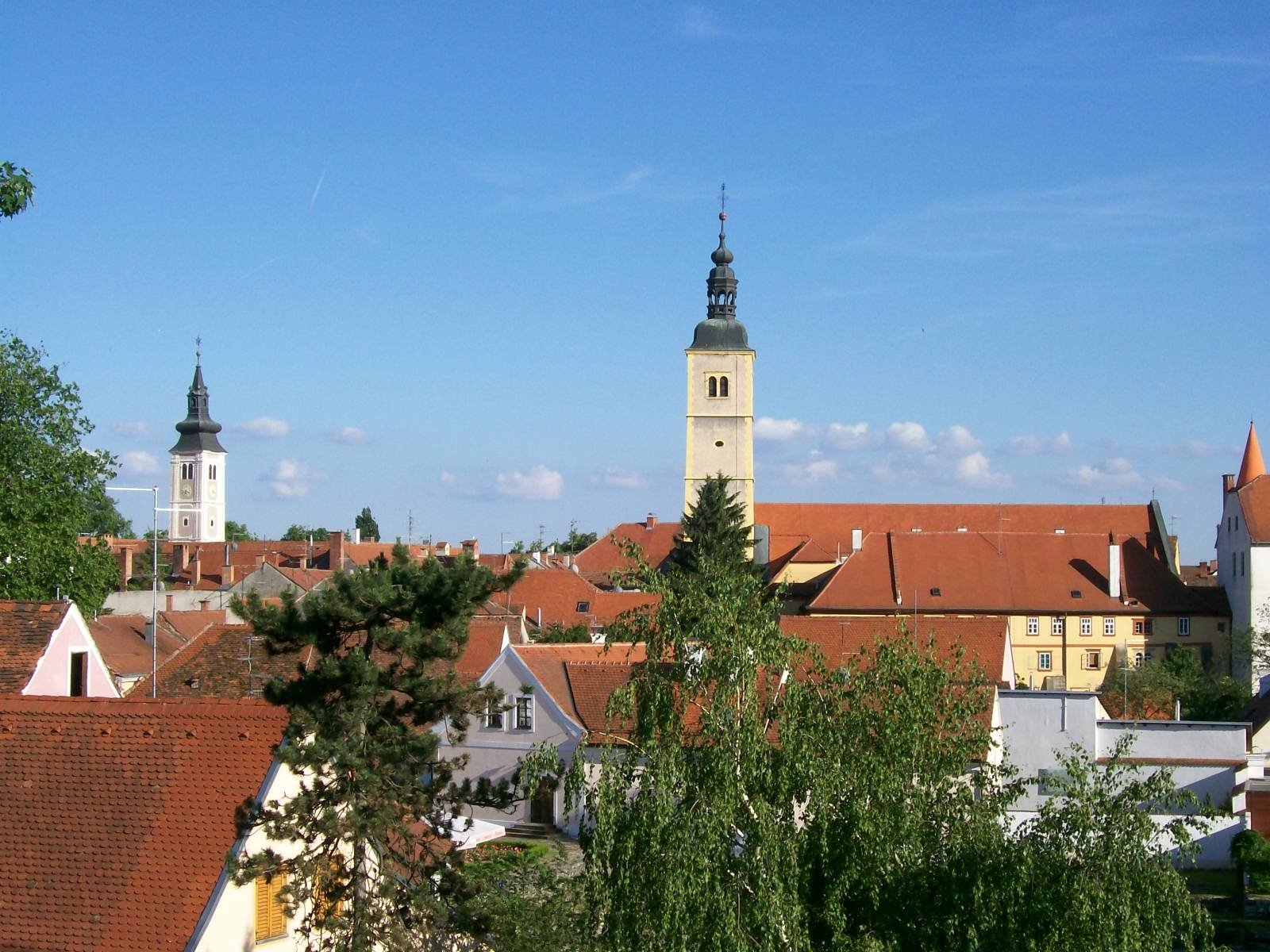
Varaždin (Photo: Suradnik13/CC BY-SA 4.0)
In contrast, counties such as Split-Dalmatia (down 31 percent), Primorje-Gorski Kotar (down 27 percent), and Istria (down 20 percent) have large inventories of available property, but prices remain too high for many domestic buyers. This has led to falling transaction numbers despite ongoing demand.
Apartment Prices in Zagreb Up 16 Percent
Despite the drop in transactions, property prices in Zagreb continue to rise. The average price per square metre of older flats climbed to €3,166 in the first half of 2025, up 16 percent or €446 compared to last year.
The average time needed to sell a flat is 3.7 months, and there is a four percent gap between asking and final sale prices.
Trešnjevka North remains the most popular neighbourhood, accounting for 18 percent of flat sales in the city. It is followed by Trešnjevka South (12 percent), Novi Zagreb East and the City Centre (each 10 percent), and Trnje (9 percent).
Shift Towards Mortgage Financing and Younger Buyers
The Opereta analysis reveals a significant shift in how purchases are financed. For the first time in years, mortgage financing has overtaken cash purchases. In the first half of 2025, 56 percent of buyers used a mortgage, while 44 percent paid in cash.
This trend was largely influenced by stricter borrowing rules introduced by the Croatian National Bank (HNB) from 1 July. Banks offered favourable lending terms leading up to the new measures, which prompted many buyers to act quickly to secure lower interest rates and easier credit approvals.
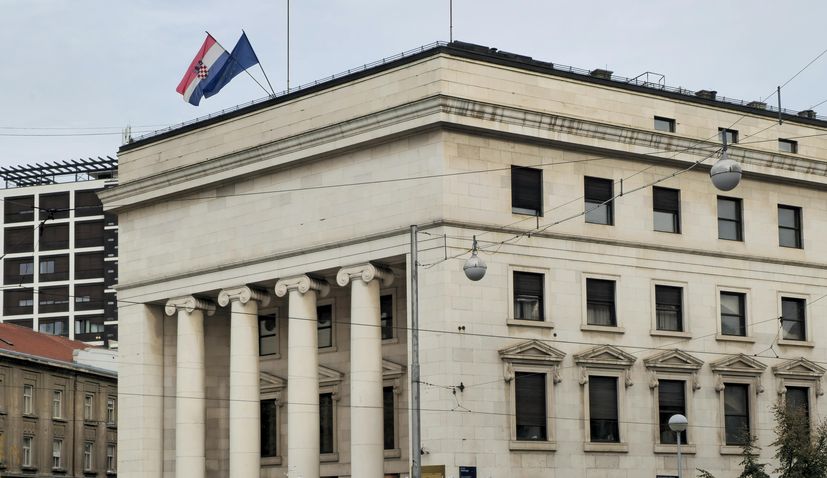
Croatian National Bank in Zagreb
Investment-focused purchases still play a key role in the market, making up 22 percent of total sales. This highlights that property remains a preferred form of financial security, especially amid inflation and uncertainty in other savings options.
First-time buyers were also more active, driven by favourable mortgage conditions and a government tax refund scheme for buyers under the age of 45.
Buyers aged between 30 and 40 accounted for 39 percent of all transactions—an increase of nine percentage points from the previous year.
Market Outlook: Searching for Balance
According to Opereta, the slowdown in transaction numbers is not a sign of reduced interest, but rather of increased buyer caution. Many are taking more time to make decisions, carefully weighing prices, property quality and long-term value.
“There is still demand for quality properties. The market is not stagnating, but is searching for a new balance between price, supply, and actual needs,” the analysis concludes.
